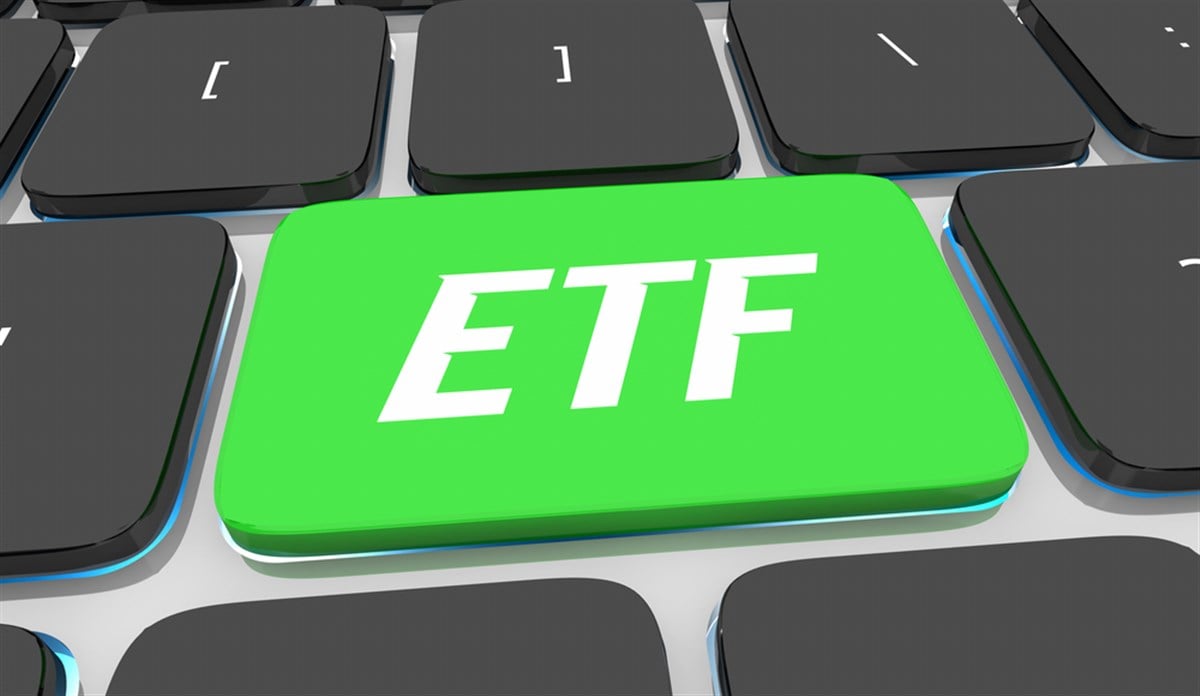
When preparing a winning meal, careful selection of the right ingredients is paramount. The same can be said about building a winning investment portfolio.
Once a money-making strategy has been established, the next step is to choose investment vehicles that are built to take you where you want to go. For income-focused investors, there are a wide range of possibilities. Real estate, corporate bonds, Treasury notes, even money market funds. And let’s not forget about dividend stocks.
A term commonly associated with below investment grade (or ‘junk’) bonds, ‘high yield’ can refer to equities as well. High-yielding equity investments are those that distribute an abnormally high level of cash dividends relative to the overall market. They can include both individual securities and funds — and span all economic sectors.
One way to build (or complement) an income-centered portfolio is to purchase exchange traded funds, or ETFs. Since they typically include a large number of company stocks, ETFs eliminate single-stock risk and provide major diversification benefits.
In the case of stock ETFs, however, what most don’t offer is a big-time dividend yield. Out of approximately 2,000 U.S.-listed equity ETFs, less than 100 offer yields that are above the current 10-year Treasury yield (3.94%). For investors who are willing to accept the risk premium though, this is the universe to be in. But how to widdle things down from there?
With an emphasis on diversification and strong risk-adjusted returns, we’ve done some of the heavy lifting for you. Here are a few of our favorites.
#1 - PEY (Domestic)
As the name implies, the PowerShares High Yield Equity Dividend Achiever Portfolio (NASDAQ: PEY) contains a bunch of dividend overachievers — 50 to be exact. The fund tracks the Nasdaq U.S. Dividend Achievers 50 index, a collection of domestic companies with consistent dividend growth histories. Over the last 10 years, PEY has delivered an 11.9% annualized return which places it in the top 5% of all U.S. mid-cap value funds.
A big component of the return is the dividend yield which currently stands at 4.8%. By comparison, the S&P 400 MidCap Value index has a 2.3% yield. This makes PEY a great way to 1) step outside the mega-cap dominance that defines many U.S. stock ETFs and 2) get a sizable cash distribution on a monthly basis. The P/E ratio is a modest 13x and all 11 GICS sectors are represented. Walgreens Boots Alliance, Nu Skin Enterprises and Altria Group are the top holdings.
#2 - IQDY (International)
The FlexShares International Quality Dividend Dynamic Index Fund (NYSEARCA: IQDY) invests in high-quality, high-yielding companies located in international markets. The ETF just posted a strong 2023 return (+23.5%) that ranked it in the top 5% of international value funds. If the market turns its attention to underloved and undervalued foreign stocks in 2024, IQDY could be in for another strong performance.
IQDY is composed of approximately 200 stocks and has been around for more than 10 years. Over the last 12 months, it has produced a 6.6% dividend, with the cash hitting shareholder accounts on a quarterly basis. The net expense ratio of the predominantly large-cap ETF is a reasonable 0.47%. It includes both developed and emerging market companies with Japan and China accounting for a combined 22% of the portfolio. The fund’s largest position is Dutch semiconductor giant ASML Holding followed by BHP Group and L’Oreal.
#3 - EMGF (Emerging Markets)
For income investors seeking more direct exposure to emerging markets, The iShares MSCI Emerging Markets Multifactor ETF (BATS: EMGF) is a solid option. Over the last five years, the fund has achieved above-peer returns while incurring below-average risk. Don’t be fooled by the 4.4% five-year total return. EMGF offers exposure to an asset class that has lagged the U.S. market of late but historically has been able to deliver outsized returns. The most pronounced example is 2009 when emerging market equity (+79%) crushed U.S. large caps (+26%).
The ‘Factor’ part of the name refers to the fund’s targeted style. It focuses on emerging market companies that are in good financial health, are inexpensive and have favorable momentum. The trailing 12-month yield is 6.0%, but prospective investors should note that distributions happen only twice a year. With a P/E ratio of 11, the roughly 600 stock ETF is an attractive way to bring emerging markets exposure (and income) into a diversified long-term portfolio.













